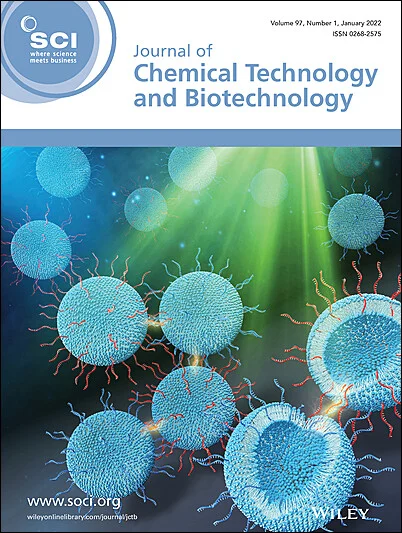Photocatalytic degradation of metronidazole using a new, green, and recyclable free-metal nano catalyst
Abstract
Background
Metronidazole (MNZ) with antibacterial and anti-inflammatory functions is commonly prescribed as an antibiotic to treat infectious diseases in both humans and animals. Its excessive consumption depicted adverse effects on environment and human health. Heterogeneous photocatalysis, was introduced as a promising technology for MNZ removal.
Results
This study focused on the development of metal-free photocatalyst for application in MNZ removal. Luffa sponge was used as a biomaterial to prepare sulfonated activated carbon. The MNZ removal efficiency was increased in the order of photolysis < adsorption < photocatalytic degradation processes. The effect of sulfonation and catalyst dosage on the degradation performance of the as-prepared catalyst was also studied. The superior removal efficiency of 99% during 5 min irradiation was achieved in presence of 3 g/L catalyst. The curve fitting confirmed a pseudo-first-order kinetic model with rate constants equal to 0.637 min−1. The effect of solution pH (3 to 11) was also investigated. The intermediate products were identified via liquid chromatography mass spectrometry and possible degradation pathways were proposed.
Conclusion
The photocatalyst exhibited optimal performance for MNZ removal at acidic and basic conditions compared to neutral pH. The obtained results proved that heterogeneous photocatalysis with LAC-SO3H is a sustainable method which has the ability to remove hazardous organic compounds from wastewater. The reusability results established the stability and high performance of LAC-SO3H during 5 cycles. Althoughthe as-prepared catalyst act as a heterogeneous catalyst, future work is recommended to focus on its incorporation into adsorptive membranes to mitigate probable environmental risks. © 2025 Society of Chemical Industry (SCI).



 求助内容:
求助内容: 应助结果提醒方式:
应助结果提醒方式:


